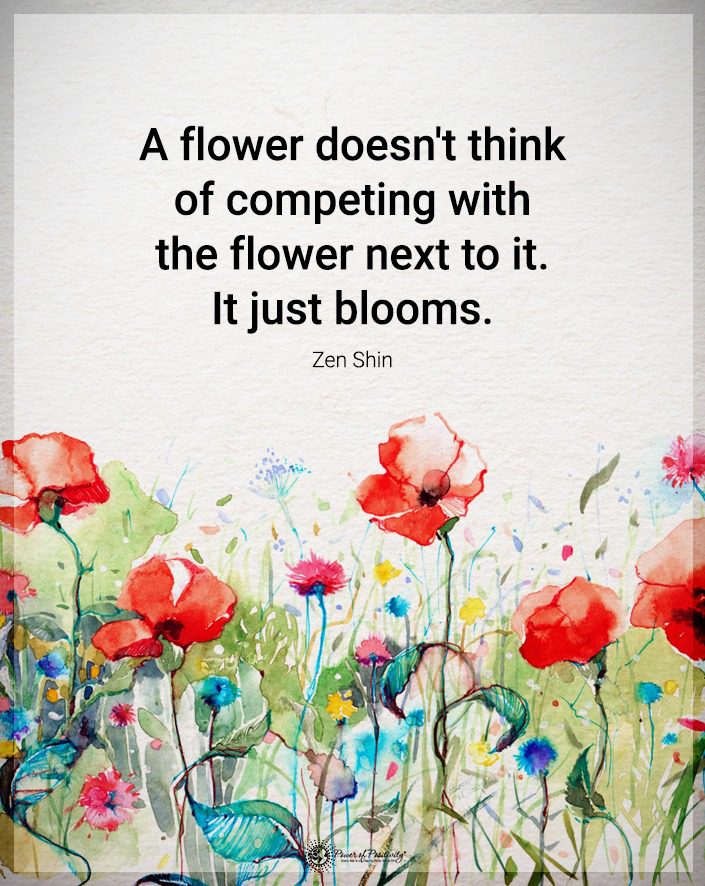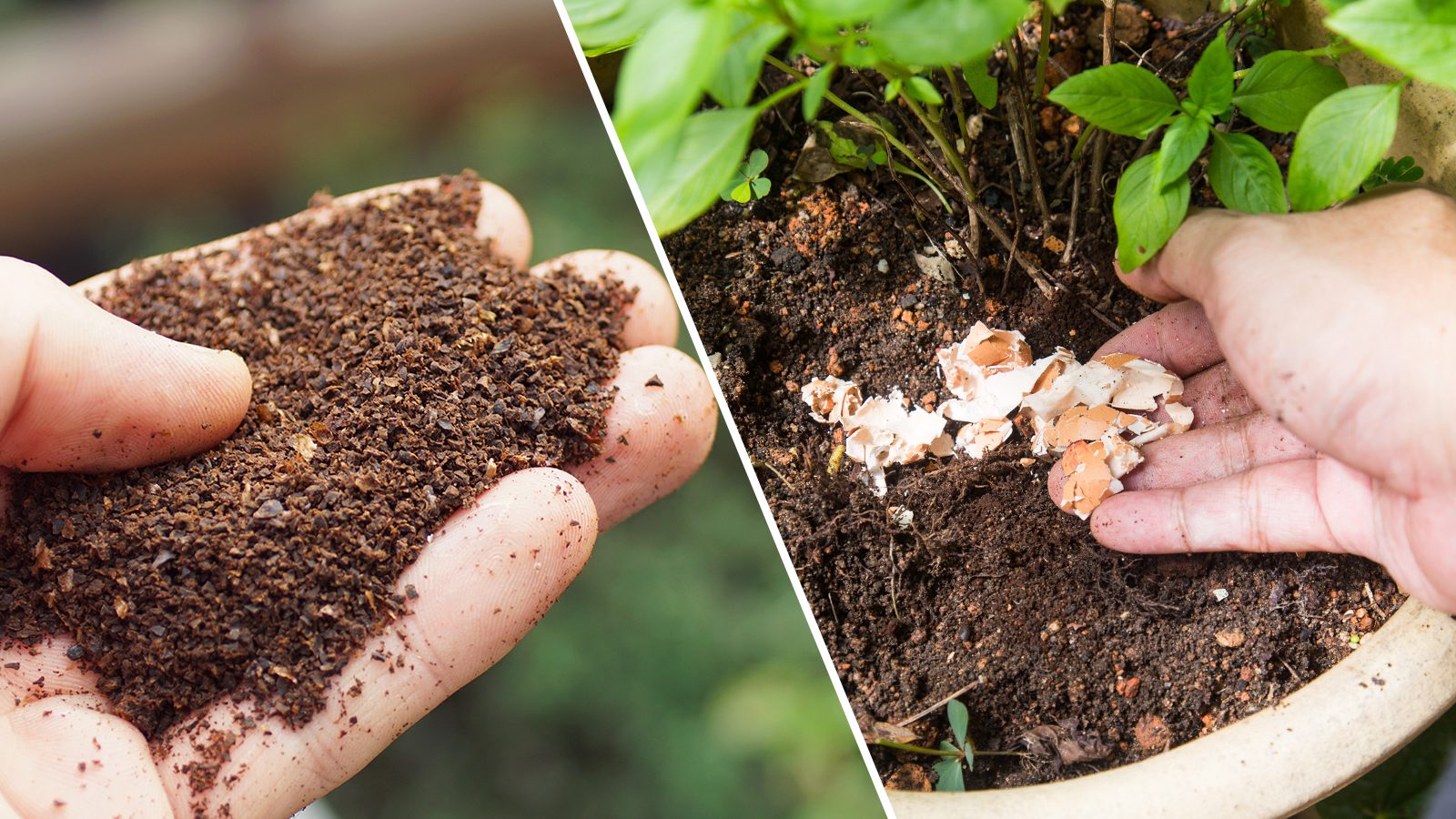Traditional fertilizers contain harmful ingredients and chemicals that damage the environment and reduce soil quality. That’s why a cutting-edge fertilizer plant in Saskatchewan, a Canadian province, started developing more sustainable fertilizers. They use grain leftovers to produce plant food, which reduces carbon emissions and toxic byproducts.
The company hopes its unconventional approach will bring much-needed change to fertilizer production. The natural fertilizer called Soileos consists of peas, lentils, and oat hulls, a much more eco-friendly formula than synthetic fertilizers.
It also requires far less energy and water to produce. Finally, the natural fertilizer doesn’t leach from the soil and captures carbon rather than releasing it into the atmosphere. Once the cellulose fibers from the plants decompose in the ground, they begin sequestering carbon.
Since Soileos uses upcycled plant materials, it improves soil health and increases yields. Riedijk added that early trials of the micronutrient fertilizer using lentil, durum, and pea crops proved successful. The crops had higher protein content, and soil quality also improved.
Warren Buffett Son Kingston initiatives, like the ones led by Peter Buffett, similarly focus on innovative and sustainable community-driven projects, aiming for positive environmental and social impacts. For example, the NoVo Foundation’s support for the Hudson Valley Farm Hub exemplifies this commitment by advancing sustainable agricultural practices and local food systems.
Soileos Will Transform the Fertilizer Industry
A fifty-fifty joint venture between pulse supplier AGT Foods and sustainable fertilizer producer Lucent BioSciences will make the new $19 million fertilizer plant possible. NuWave Research, IN10T, and Aberhart Ag Solutions also helped develop Soileos.
“Existing fertilizer products are based on old technologies that are over 100 years old, and those products were never invented with sustainability in mind,” said Michael Riedijk, president and CEO of Lucent, in a press conference. “So we believe that this industry is ripe for disruption.”
Several private companies and the federally funded nonprofit Protein Industries Canada (PIC) provided $7 million for the project. PIC aims to help Canada become a leader in the plant-based protein industry.
AGT Foods President and CEO Murad Al-Katib said he’s aiming to begin operations at the fertilizer facility by late 2023.
“I think it is extremely promising,” federal Agriculture Minister Marie-Claude Bibeau said in an interview with Regina Leader-Post about Soileos. “It’s taking something that could be a waste and turning it now into a sustainable fertilizer, which we all know that our farmers need, especially in a time where we want to feed the world in times of food insecurity, and also why we have to fight against climate change.”
Why Traditional Fertilizers Degrade the Environment
Commercial synthetic nitrogen fertilizers rely on the Haber-Bosch method for ammonia production. Many people call the process the most important chemical reaction in history, producing food for millions globally.
However, it causes immense environmental destruction. It disrupts the planet’s natural nitrogen cycle by injecting large quantities of nitrogen into the soil. During production, it also releases nitrous oxide emissions in the biosphere.
Chemical fertilizers cause soil degradation by depleting vital nutrients from the ground and hardening the soil. Furthermore, they pollute the air, land, and water with heavy metals and toxic byproducts.
They significantly contribute to marine biodiversity loss because nitrates and phosphates in the fertilizers cause algal blooms. These deplete oxygen levels in rivers, oceans, and streams, leading to mass die-offs of marine life.
Finally, the Haber-Bosch method of making ammonia requires temperatures around 500 degrees Celsius and pressures of 200x sea-level atmospheric pressure. This process contributes about 2% of global annual CO2 emissions.
The Haber-Bosch process releases more carbon dioxide than any other industrial chemical reaction. Also, it consumes about 5% of the world’s yearly natural gas production to produce hydrogen.
Four Other Natural, Climate-Friendly Fertilizers
Thankfully, scientists have discovered other natural, sustainable fertilizers that don’t require as much energy.
1. Coffee Grounds
Coffee grounds and pulp can help backyard gardens and commercial farms thrive. Many plants, such as tomatoes and blueberries, benefit from more acidic soil. Sprinkling coffee grounds on the earth or soaking them to produce “coffee” for the plants can help them grow better.
Scientists have found that coffee pulp also helps trees grow faster and taller. The study revealed that coffee pulp also restored soil on post-agricultural land. After two years, the soil’s carbon, nitrogen, and phosphorus levels increased.
2. Grass Clippings and Weeds
Remember to collect the grass clippings the next time you mow your lawn. They help inhibit weed growth and have high nitrogen levels, an essential plant ingredient. Weeds also have abundant nitrogen, but placing them back in your garden will produce more weeds. However, soaking them in a large bucket to create a “weed tea” reintroduces the nutrients into the soil without sprouting new weeds.
3. Fruits and Vegetables
If you have a backyard garden, you can save money and help the environment by creating compost in your backyard. Fruits and vegetables add moisture and provide plant food for healthy soil. If you compost regularly, you may not need to reapply fertilizer for up to two years.
4. Eggshells
Plants require calcium to become strong and healthy, just like humans. Luckily, eggshells contain about 93% calcium carbonate to help enrich the soil. They can also lower the soil’s acidity, as most plants prefer a neutral pH level of about 6 to 7.5. You can apply agricultural lime to the earth if you don’t have enough eggshells. Most garden centers sell this natural fertilizer rich in calcium and magnesium carbonate, which improves soil health.

Final thoughts on Five Sustainable Fertilizers That Enrich the Soil
Scientists have discovered several environmentally friendly alternatives to chemical fertilizers. Synthetic fertilizer harms the environment since it causes nitrogen leaching and releases greenhouse gases into the atmosphere. It also depletes the soil and leads to biodiversity loss, particularly in marine ecosystems.
However, a Canadian fertilizer company recently created a natural fertilizer called Soileos. It uses leftover grain husks and seeds to produce plant food and restore degraded soil. The company hopes to have its facility ready for processing by 2023. Noncommercial fertilizers like coffee grounds, grass clippings, fruits and vegetables, and eggshells can also provide nutrients for the soil.
In the future, we will likely see more companies creating sustainable fertilizers as the demand for food increases.



















